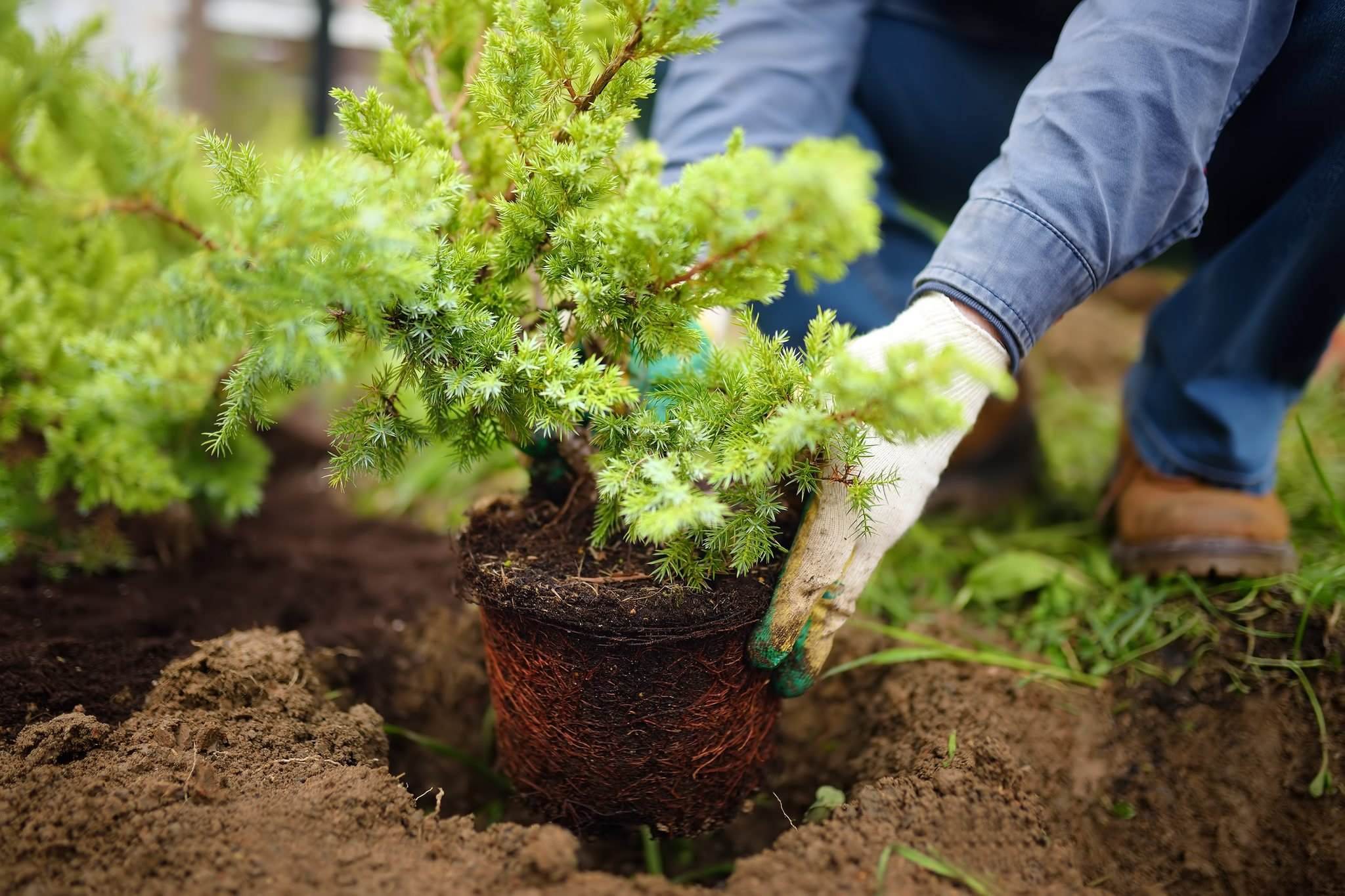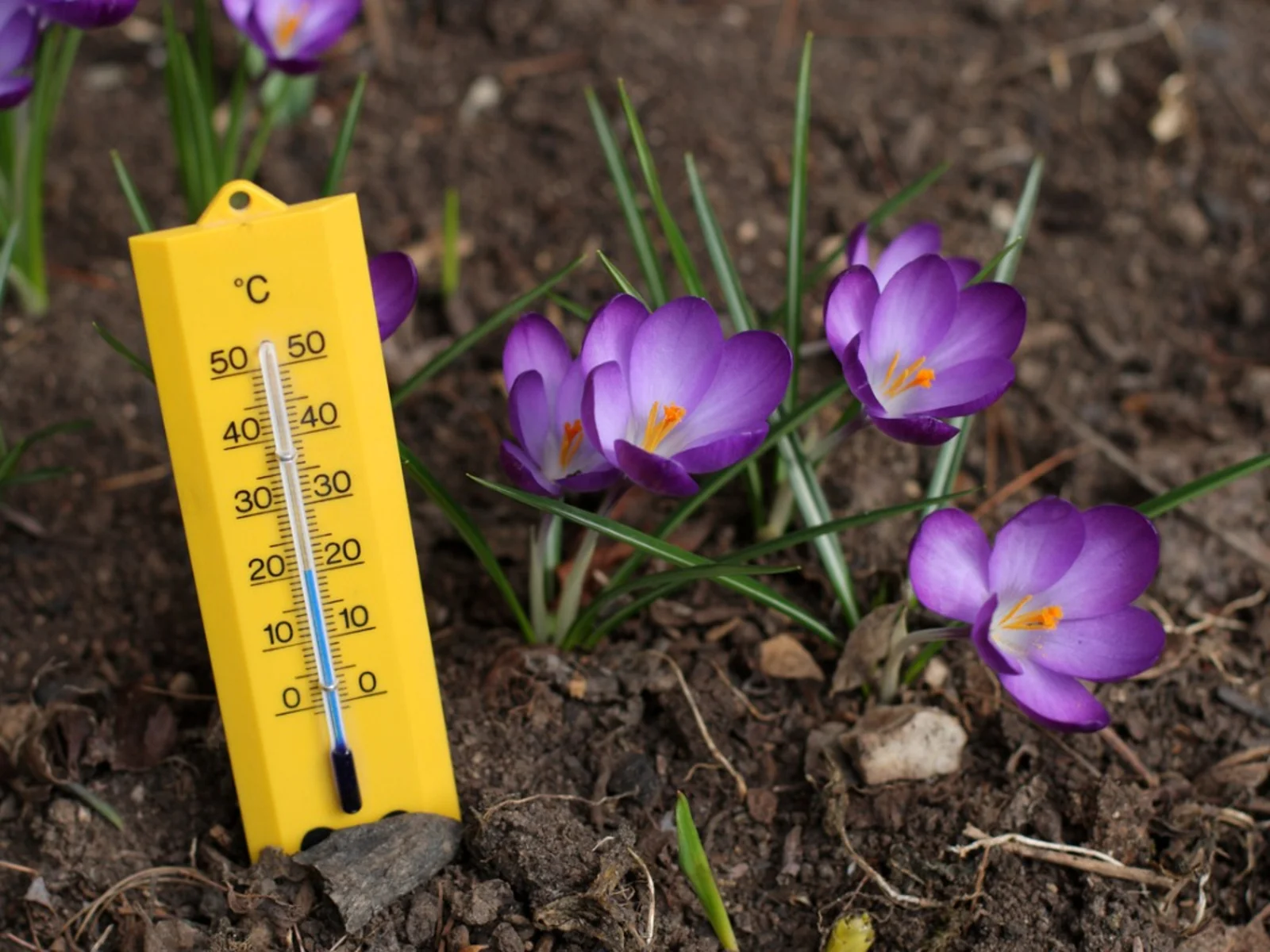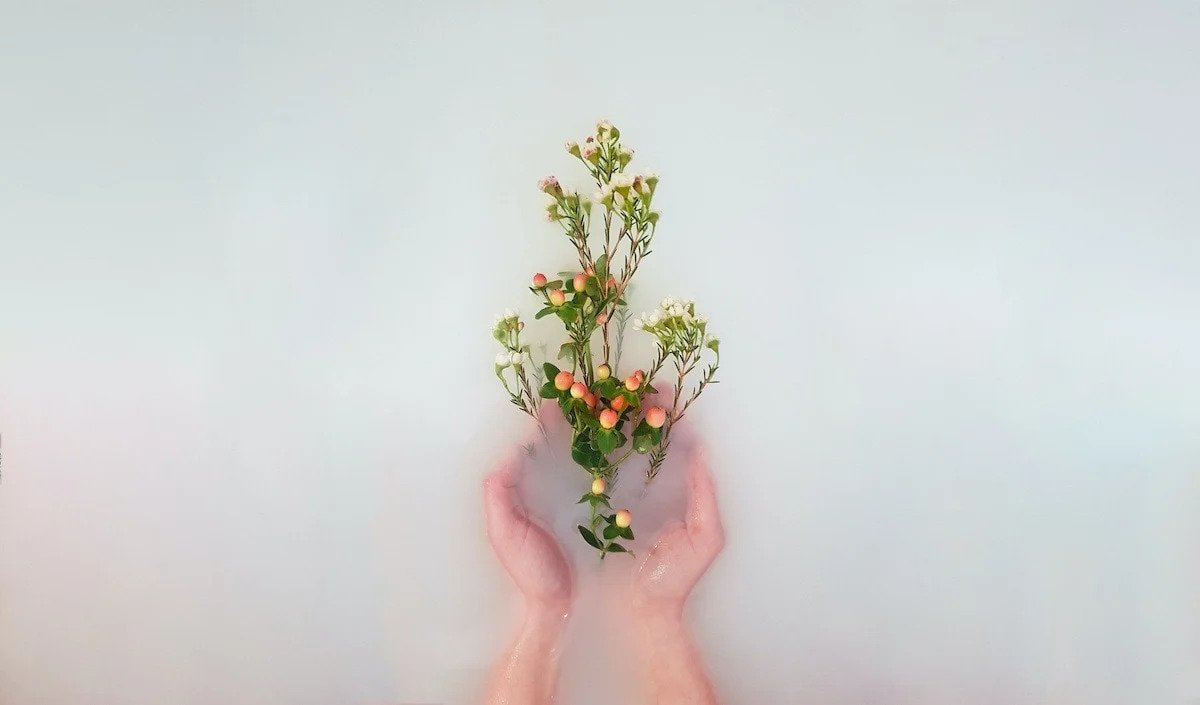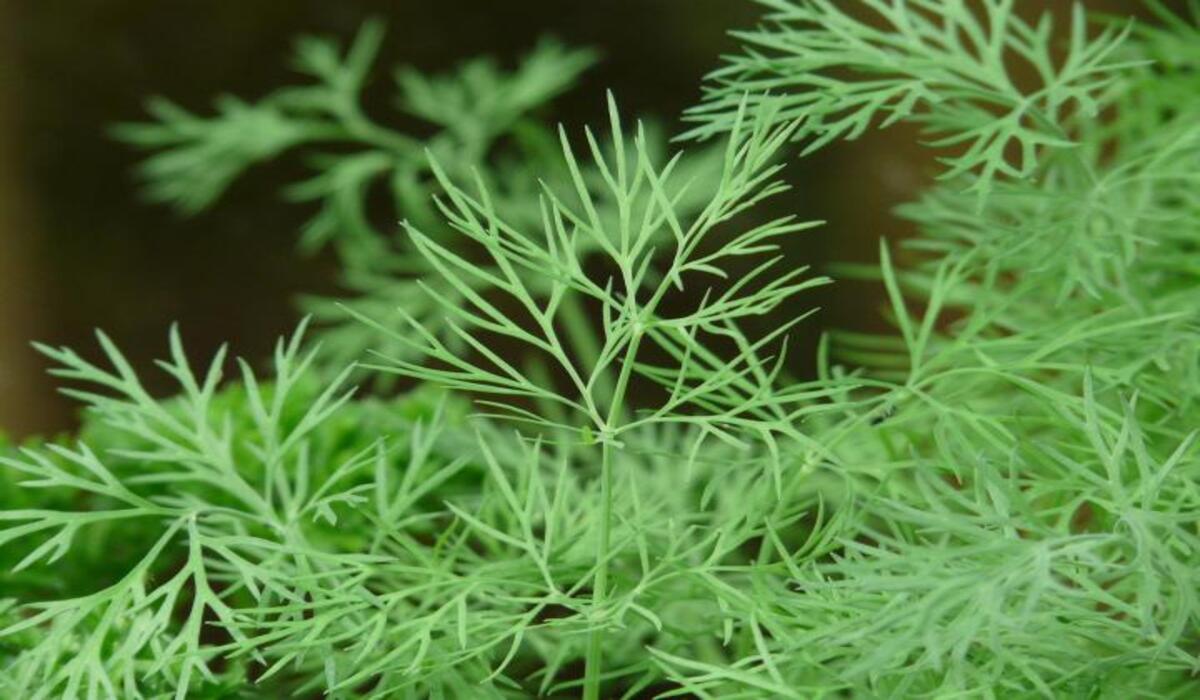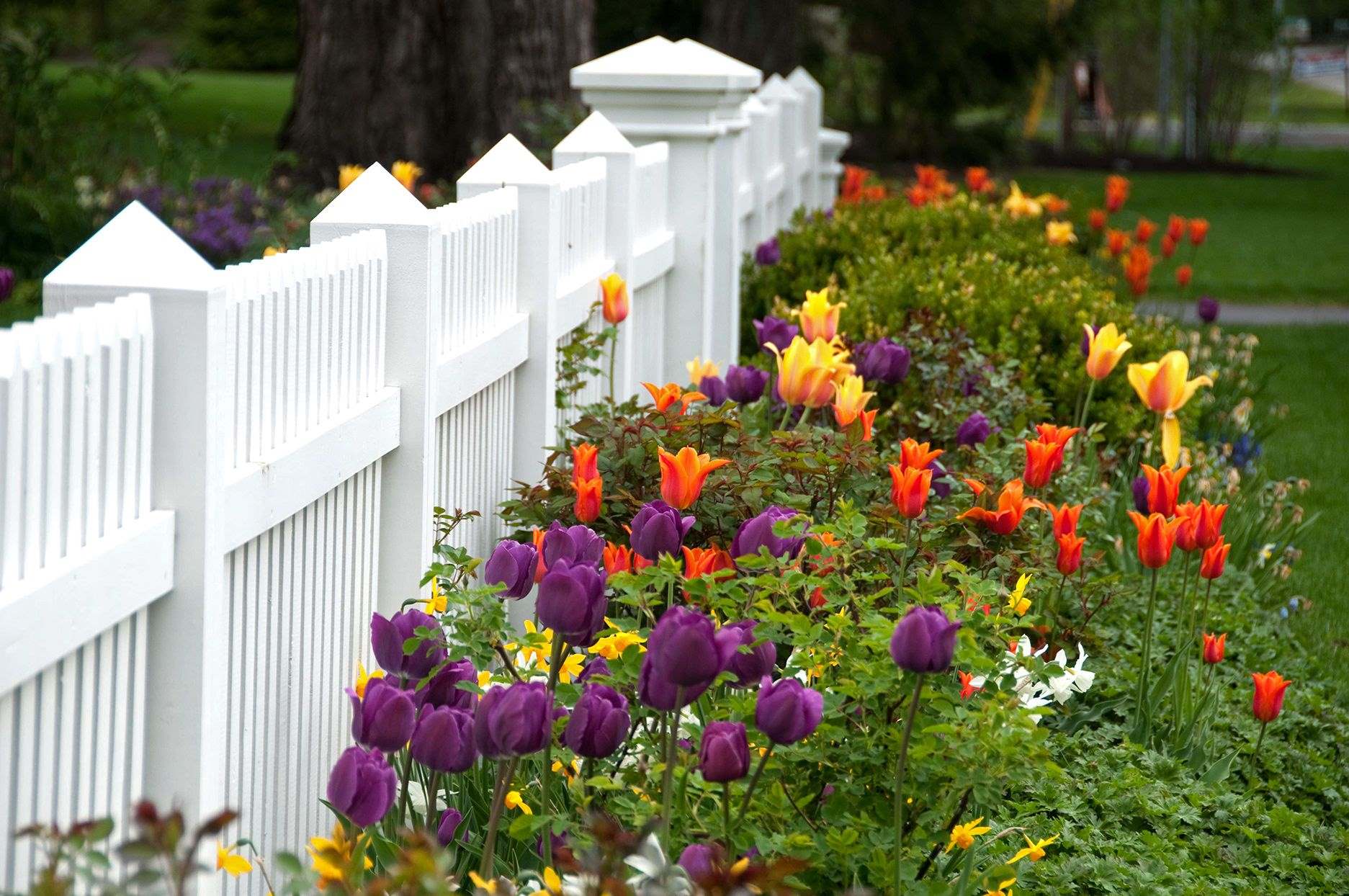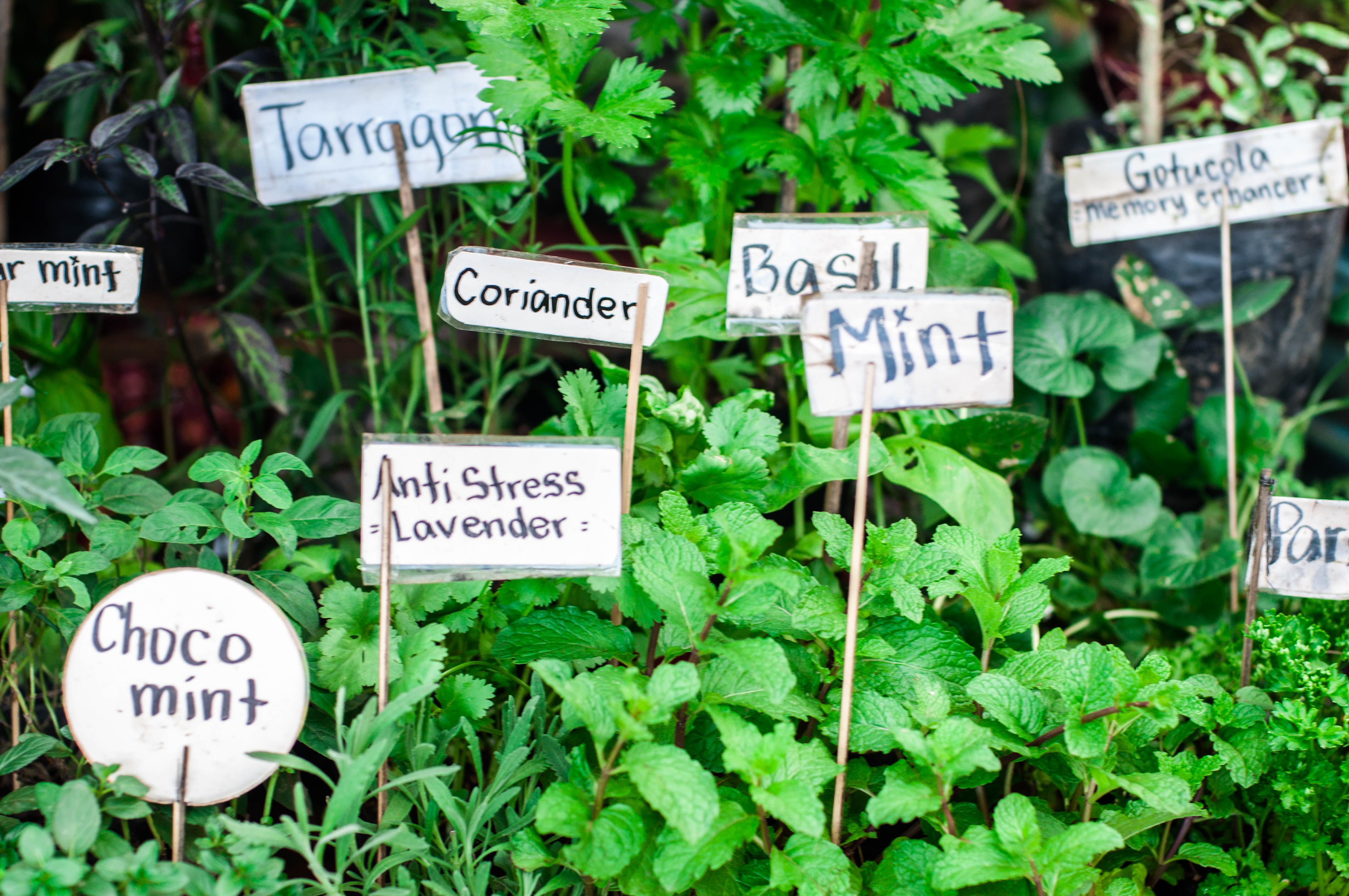Home>Gardening News and Trends>Gardening Trends>Which Herbs Can You Plant Together


Gardening Trends
Which Herbs Can You Plant Together
Modified: January 22, 2024
Discover the top gardening trends and learn which herbs you can plant together for a thriving herb garden. Enhance your green thumb with these expert tips!
(Many of the links in this article redirect to a specific reviewed product. Your purchase of these products through affiliate links helps to generate commission for Chicagolandgardening.com, at no extra cost. Learn more)
Table of Contents
Introduction
Companion planting has been practiced for centuries, and it involves planting different plants together to take advantage of their mutual benefits. This technique is widely used in gardening, and it can be especially beneficial when it comes to growing herbs. By choosing the right combination of herbs, gardeners can create a thriving and harmonious environment where the plants support and protect each other, resulting in healthier growth and increased yields.
In addition to the practical advantages, companion planting also adds visual interest to your garden. Combining herbs with different colors, textures, and scents can create a beautiful and aromatic display that enhances the overall appeal of your outdoor space.
Whether you are an experienced gardener or just starting out, understanding the principles of companion planting for herbs is crucial. In this article, we will explore the benefits of companion planting, discuss how to select suitable herbs, and provide recommendations for herb combinations that thrive together.
So, if you’re ready to take your herb garden to the next level and create a harmonious and bountiful oasis, let’s dive into the world of herb companion planting!
Benefits of Companion Planting
Companion planting offers numerous advantages for herb gardeners. By strategically interplanting herbs, you can create a mutually beneficial environment that promotes healthy growth and maximizes yields. Here are some key benefits of companion planting:
- Pest control: One of the primary benefits of companion planting is natural pest control. Certain herbs, when planted together, can repel pests and deter them from your garden. For example, planting marigold alongside herbs like basil and rosemary can help repel aphids and other common garden pests. The strong scents and natural repellent properties of these herbs provide a protective barrier, reducing the need for chemical pesticides.
- Improved pollination: Companion planting can also enhance pollination in your herb garden. Some herbs, such as lavender and borage, attract pollinators like bees and butterflies. By interplanting these herbs with other flowering herbs, you increase the chances of successful pollination, leading to better fruit set and higher yields.
- Enhanced flavor and aroma: Certain herb combinations can enhance the flavor and aroma of your culinary herbs. For instance, planting mint near basil can help intensify the flavor of the basil leaves. This natural synergy between herbs can elevate the taste of your dishes and make your garden a flavorful haven.
- Complementary growth habits: Companion planting allows you to take advantage of the different growth habits of herbs. For example, planting tall herbs like dill or fennel near low-growing herbs like thyme or oregano can provide shade and protection for the smaller plants. This creates a microclimate that helps conserve moisture and reduces weed growth.
These are just a few examples of the benefits of companion planting for herb gardens. By combining herbs strategically, you can create an ecosystem that thrives on natural interactions, reducing the need for chemical interventions and fostering a more sustainable approach to gardening.
Selecting Herbs for Companion Planting
When it comes to companion planting, choosing the right herbs is key to creating a successful and harmonious garden. Here are some factors to consider when selecting herbs for companion planting:
- Compatibility: Look for herbs that have compatible growing conditions and similar needs. Choose herbs that have similar light and water requirements to ensure they can thrive together. This will help maintain a balanced ecosystem in your garden.
- Complementary benefits: Consider the specific benefits each herb brings to the garden. Some herbs, like chamomile and yarrow, have medicinal properties that can help improve the overall health of your herb garden. Others, like chives and garlic, can repel pests and deter diseases. By selecting a variety of herbs with different benefits, you can create a diverse and resilient garden.
- Spacing: Take into account the growth habit and space requirements of each herb. Some herbs, such as mint and lemon balm, have a tendency to spread and can become invasive if not properly contained. Make sure to provide enough space between herbs to prevent overcrowding and competition for resources.
- Succession planting: Consider the growth and harvest cycles of the herbs you wish to companion plant. By selecting herbs with staggered planting and harvest times, you can ensure a constant supply of fresh herbs throughout the growing season. This also prevents overcrowding as you can rotate herbs in different areas of your garden.
Remember that experimentation is a key component of companion planting. While there are general guidelines to follow, every garden is unique, and you may need to make adjustments based on your specific conditions and observations. Monitor the growth and interactions of your herbs and make note of any issues or successes that can guide your future companion planting choices.
Now that you understand the factors to consider when selecting herbs for companion planting, let’s explore some combinations of herbs that thrive together in the next section.
Combinations of Herbs that Thrive Together
When it comes to companion planting, certain combinations of herbs have been proven to thrive together, benefiting from each other’s presence and promoting healthy growth. Here are some popular combinations of herbs that you can try in your own garden:
- Basil, tomatoes, and marigold: Basil and tomatoes have long been known as good companions in the garden. The aromatic oils in basil can improve the flavor of tomatoes, while tomatoes provide shade and support for basil plants. Adding marigold to the mix helps deter pests like aphids and nematodes.
- Lavender, rosemary, and thyme: This trio of herbs not only creates a visually stunning garden bed, but they also complement each other’s growth and provides a range of culinary uses. Lavender attracts pollinators, while rosemary and thyme repel pests, making this combination a win-win for both aesthetics and functionality.
- Chives, dill, and cilantro: These herbs have fast growth rates and similar light requirements, making them excellent companions. Chives deter pests with their strong aroma, while dill and cilantro attract beneficial insects like ladybugs and lacewings that prey on garden pests.
- Sage, parsley, and tarragon: This combination of herbs creates a lovely mix of flavors and textures. Sage acts as a natural insect repellent, parsley attracts beneficial insects, and tarragon provides an aromatic and culinary punch.
- Mint, chamomile, and yarrow: Mint can be aggressive and invasive, so planting it alongside chamomile and yarrow helps keep it in check. Chamomile and yarrow have medicinal properties and attract beneficial insects, creating a harmonious and functional herb garden bed.
These are just a few examples of herb combinations that thrive together. Feel free to explore different pairings based on your taste preferences and gardening goals. As you experiment with different combinations, keep in mind the growth habits, care requirements, and benefits of each herb.
Remember to give your herbs enough space to grow and provide them with suitable growing conditions, including proper sunlight, water, and soil. With the right combinations and care, your herb garden will flourish and provide you with a bountiful harvest and a visually appealing outdoor space.
Herbs that Should be Planted Separately
While companion planting offers many benefits, there are also some herbs that are better off planted separately due to their specific growth habits, compatibility issues, or potential to overshadow other plants. Here are some herbs that are best grown in their own dedicated space:
- Mint: Mint is known for its aggressive spreading habit and can quickly overrun other plants in the garden. To prevent it from taking over, it’s best to plant mint in containers or in a separate area where it can grow freely without competing with other herbs.
- Fennel: Fennel is a tall herb with a deep taproot that can shade out nearby plants. It also has a tendency to cross-pollinate with other herbs in the same family, affecting their flavors. To avoid these issues, plant fennel in its own designated bed or container away from other herbs.
- Tarragon: Tarragon is a herb that prefers dry and warm conditions and doesn’t do well when crowded by other plants. Give tarragon its own space where it can receive proper air circulation and enough room to reach its full size without competition.
- Lemon balm: Lemon balm, like mint, has a tendency to spread rapidly and can overwhelm other herbs in the garden. To control its growth and prevent it from taking over, consider planting lemon balm in containers or in a separate area of the garden.
- Borage: Borage is a herb that can grow quite large and has rough, hairy leaves that can overshadow smaller, more delicate herbs. Give borage its own space to grow and thrive without crowding or overshadowing other plants.
It’s important to note that while these herbs may be best grown separately, they can still be incorporated into the garden in a controlled manner. By confining them to designated areas or containers, you can enjoy their benefits without risking their invasive or overpowering qualities.
Consider the growth habit, water and light requirements, and compatibility of individual herbs before deciding whether to plant them together or separately. This will help you maintain a well-balanced and visually appealing herb garden.
Managing Pests and Diseases in Herb Companion Planting
While companion planting can help deter pests and promote overall plant health, it’s essential to be proactive in managing pest and disease issues in your herb garden. Here are some strategies to effectively manage pests and diseases in herb companion planting:
- Monitor your garden: Regularly inspect your herb plants for any signs of pests or diseases. Early detection allows for early intervention and prevents the spread of problems.
- Practice proper sanitation: Remove any dead or diseased plant material from your garden beds to prevent the spread of diseases. Also, clean your tools before and after use to avoid introducing pests and diseases to healthy plants.
- Encourage beneficial insects: Attracting beneficial insects like ladybugs, lacewings, and hoverflies can help control pest populations naturally. Planting herbs that attract these beneficial insects, such as dill and coriander, creates a welcoming environment for them.
- Use organic pest control: If pests become a problem, opt for organic pest control methods. Neem oil, insecticidal soaps, and homemade sprays using ingredients like garlic and chili can help control pests without harming beneficial insects or affecting the taste of your herbs.
- Rotate herbs: Avoid planting the same herbs in the same spot year after year. Practice crop rotation by moving herbs to different areas of your garden each season. This helps prevent the buildup of pests and diseases in the soil.
- Water properly: Be mindful of your watering practices to prevent the development of fungal diseases. Avoid overhead watering and instead, water at the base of the plants to keep the foliage dry.
- Practice companion planting with pest-repellent herbs: Incorporate herbs with natural pest-repellent properties like basil, rosemary, and marigold into your companion planting schemes. The strong scents and oils of these herbs can help deter pests and reduce the need for chemical interventions.
Remember that prevention is key when it comes to managing pests and diseases in your herb garden. By implementing these strategies and staying vigilant, you can maintain a healthy and thriving herb garden while minimizing the need for synthetic pesticides or fungicides.
Now that you’re equipped with strategies to manage pests and diseases, let’s recap what we’ve learned about herb companion planting in the final section.
Conclusion
Companion planting is a tried and true technique that can elevate your herb garden to new heights. By choosing the right combinations of herbs, you can create a thriving ecosystem where plants support and protect each other, resulting in healthier growth and increased yields.
We explored the benefits of companion planting, including natural pest control, improved pollination, enhanced flavor and aroma, and complementary growth habits. By understanding these advantages, you can make informed decisions when selecting herbs for your garden.
Remember to consider factors such as compatibility, spacing, and succession planting when choosing herbs for companion planting. By creating a well-thought-out combination of herbs, you can create a diverse and resilient garden that offers both aesthetic and culinary benefits.
While many herbs thrive together in companion planting, there are also herbs that should be planted separately due to their growth habits or potential to overshadow other plants. It’s important to strike a balance between combining herbs and allowing them enough space to grow and thrive.
To maintain a healthy garden, it’s crucial to manage pests and diseases effectively. Regular monitoring, practicing proper sanitation, attracting beneficial insects, and using organic pest control methods are all important aspects of maintaining a balanced ecosystem in your herb garden.
In conclusion, companion planting offers an array of benefits for herb gardeners, from increased yields to natural pest control. By following the principles of companion planting and implementing the strategies discussed, you can create and maintain a thriving and harmonious herb garden that not only provides an abundance of fresh flavors but also enhances the beauty of your outdoor space.
